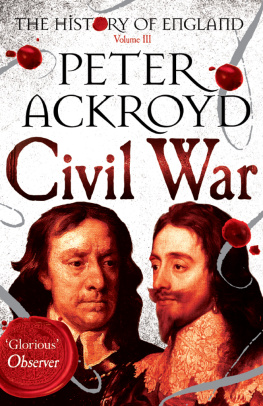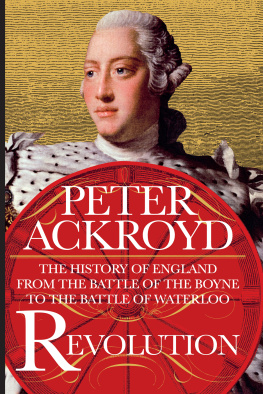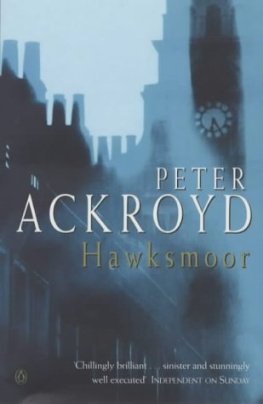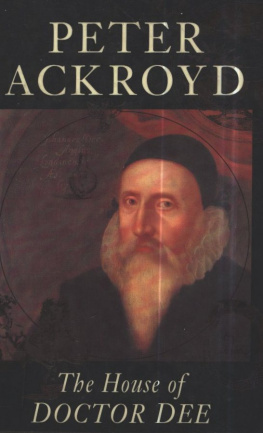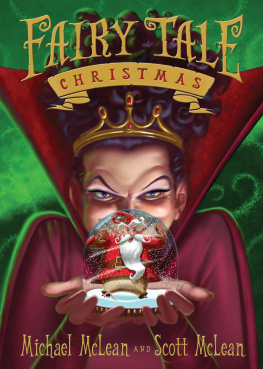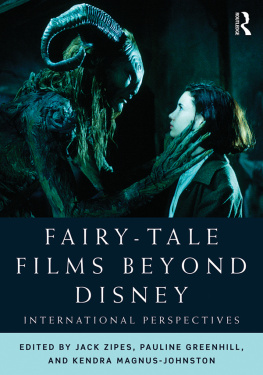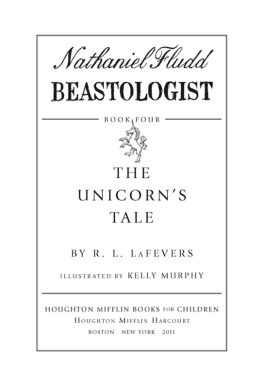
The Clerkenwell Tales
Peter Ackroyd
NAN A. TALESE | DOUBLEDAY
New York London Toronto Sydney Auckland
Contents
List of Characters
The reader may recall that many of the characters within this narrative are also to be found in The Canterbury Tales by Geoffrey Chaucer. As William Blake remarked, the characters of Chaucers pilgrims are the characters which compose all ages and nations: as one age falls, another rises, different to mortal sight, but to immortals only the same...
Dame Agnes de Mordaunt, prioress
Dame Alice, procuratrix
Garret Barton, franklin
Coke Bateman, miller
Bogo, summoner
Henry Bolingbroke, claimant to the throne
Oliver Boteler, squire
Robert Braybroke, Bishop of London
Sister Bridget, second nun
Geoffrey de Calis, knight
Sister Clarice, nun
Drago, canons yeoman
John Duckling, nuns priest
William Exmewe, Augustine friar
John Ferrour, parson
Hamo Fulberd, illuminator
Thomas Gunter, physician
Emnot Hallyng, clerk
Gabriel Hilton, jeweller
Janekin, apprentice
Jolland, monk
Oswald Koo, reeve
Dame Magga, hosteler
Gybon Maghfeld, squire
Richard Marrow, carpenter
Martin, man of law
Brank Mongorray, monk
Robert Rafu, manciple
Richard II, King of England
Gilbert Rosseler, shipman
Anne Strago, merchants wife
Radulf Strago, merchant
William Swinderby, canon
Umbald of Arderne, pardoner
Miles Vavasour, sergeant-at-law
Roger Walden, Archbishop of Canterbury
Roger of Ware, cook
Chapter One
The Prioresss Tale
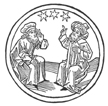
Dame Agnes de Mordaunt was sitting in the window of her chamber, looking out over the garden of the House of Mary at Clerkenwell. Her aunt had been prioress before her, and she assumed familial responsibility for the acres as well as the souls under her care. The garden was called Forparadis, Out of Paradise, but on this mild February morning it seemed blessed with the air of Eden itself. It was triangular in shape, in commemoration of the Blessed Trinity, and there was a triangular bed on each side. The three paths connecting them had been constructed with thirty-three flagstones; the three walls around the garden, each one of thirty-three feet, were built out of three layers of stone pebble stone, flint and rag stone. Some lilies had been planted round a cherry tree in token of the Resurrection, and in the language of flowers might spell the words she knew by heart, The just man will grow like the lily, and he will flourish in the sight of God. But then Dame Agnes sighed. Who could bring more unhappiness upon this house? Who can give more heat to the fire, or joy to heaven, or pain to hell?
In the open fields beyond the walled garden, stretching down to the river, she could see the malt-house with its dovecote, the familiar cart-house, and the turf-house beside the stables. On the western bank of the Fleet river stood the mill-house and, on the other side, a cottage of whitewashed walls and thatched roof which belonged to the bailiff of the convent. The miller and the bailiff were engaged in a protracted lawsuit over their rights to the river which flowed between them. They had often taken one of the Thames barges from the mouth of the Fleet to Westminster in order to press their cases with a judge or a sergeant-at-law, but nothing had been resolved; the boat costs twopence, the bailiff had said to Agnes, but the law costs a man everything. The prioress had tried to intercede but had been told by her cellaress, among others, that she might as well spread honey among thorns.
She could smell the steam coming from the kitchen across the cloister, and could hear the clatter of brass plates being washed for bread and beef after prime. Would the world always run in this way until the day of doom? We are like drops of rain, falling slantwise to the earth. Her monkey, sensing her melancholy, clambered upon her shoulders and began to play with the gold ring suspended on a silken thread between her breasts. She sang to it a new French song, Jay tout perdu mon temps et mon labour, and then played handy-dandy with a hazelnut.
She had entered the House of Mary while still a young girl, and had somehow maintained the dazed demureness of her childhood. But she could also be excitable and irascible, taking pride in her exalted position as a child might. Some of the younger nuns whispered that, on Innocents Day, she ought to couple with the Boy Bishop. Her chamber was hung with green cloths, together with curtains of green velvet. Green was the colour considered to be friendly to the underworld spirits. It were wise, she had said, not to wake the well. This clerks well lay just beyond the stone wall of the convent, a few feet from the infirmary, and was deemed to be a sacred place.
At this hour of the morning she drank either ypocras or claree, the sweet wine soothing her stomach made tender by the ordeals which she had recently endured. Rumours of the strange events within the convent had already reached as far as the cookshops of East Cheap and the fish-stalls of Friday Street; although Agnes had not been informed of these somewhat garbled reports, she was aware of a strange disquiet in the vicinity and felt uneasy. She dipped her finger into the wine and honey before giving it to her monkey to suck. The first finger is the little man, she murmured to it in a childish voice which would have embarrassed her in company. This is the leech finger, for it is the one that the physician uses. The next is called the long man. This one here is the toucher or lick-pot. Do you see? I touch your nose with it. There was a sharp rap upon the door, and she rose quickly from the window seat. Who is knocking?
Idonea, ma dame.
Enter in Gods name, Idonea.
The sub-prioress, an elderly nun whose face was as raw and as pitted as over-salted meat, hardly waited for the invitation. She made a hurried pretence at bowing, but it was clear that she could not contain her excitement. She has fallen into a fit. She is speaking in another voice than her own rightful voice.
Agnes looked with pity, as always, at the ill-favoured visage of Idonea. She is fighting with God.
There was no need to explain who she was. The mad nun of Clerkenwell, Sister Clarice, had been conceived and born in the tunnels beneath the convent.
Where is she now?
In the painted chamber.
There had been unhappiness before in the House of Mary. A great scandal had been provoked by certain nuns under the rule of Agness aunt, Joyeuse de Mordaunt, whose manifest infirmities prevented her from keeping control over her flock.
Two hundred yards from the convent stood the more celebrated priory of St. John of Jerusalem, the house of the Knights Hospitallers. A great congeries of stone buildings, chapels, orchards, gardens, fishponds, wooden dwellings and outhouses which stretched as far as Smithfield to the south and the Fleet river to the west, it was an ancient foundation, rendered more sacred by the relics which had been the gifts of several popes, among them a phial of milk from the breasts of the Virgin Mary, a piece of sail-cloth from St. Peters boat, a feather from the wings of Gabriel and fragments from the multiplied loaves and fishes. Only recently the senses of a man, dumb and blind from birth, had been restored by a drop of the Blessed Mothers milk. The priory was a church and hostel for travellers, as well as a hospital and large working farm, but twenty years before it had also acquired a reputation for licentiousness. In the words of the cardinal legate who had been sent by the pope to investigate the matter, it had harboured nervous and demoniacal merriment together with dances and lascivious games.
Next page



